
For a comfortable use of the keyboard on a laptop, you must be configured correctly. This can be done in several simple ways, each of which allows you to edit certain parameters. Next, we will consider in detail each of them.
Configure keyboard on a laptop
Unfortunately, Windows standard tools do not allow you to configure all the parameters required by the user. Therefore, we suggest you consider several alternative methods. Before starting work, you will need to turn on the keyboard if you are not built-in, and connect the external device. Read more about the execution of this process, read the article on the link below.Read more: Run the keyboard on a PC with Windows
In addition, it is also worth noting that sometimes the keyboard on a laptop stops working. The reason for this can be hardware faults or incorrect operating system configuration. Our article by reference will help to solve them.
Read more: why the keyboard does not work on the laptop
Method 1: Key Remmaper
There are a number of special programs that allow you to configure and reassign all keys on the keyboard. One of them is Key Remmaper. Its functionality is focused on replacing and blocking the keys. The work in it is as follows:
Download Key Remmaper
- After starting the program, you immediately get to the main window. Here is the management of profiles, folders and parameters. To add a new parameter, click on "double click to add".
- In the window that opens, select the desired button to lock or replace, select a combination or key to replace, set a special state or turn on the emulation of double pressing. In addition, there is also a complete blocking of a specific button.
- By default, changes are used everywhere, but in a separate setting window you can add the necessary folders or exception windows. After drawing up the list, do not forget to save the changes.
- In the main window, Key Remmaper displays the actions created, press one of them with the right mouse button to go to edit.
- Before leaving the program, do not forget to look into the settings window, where you need to set the necessary parameters so that after changing the destination keys no problems arise.
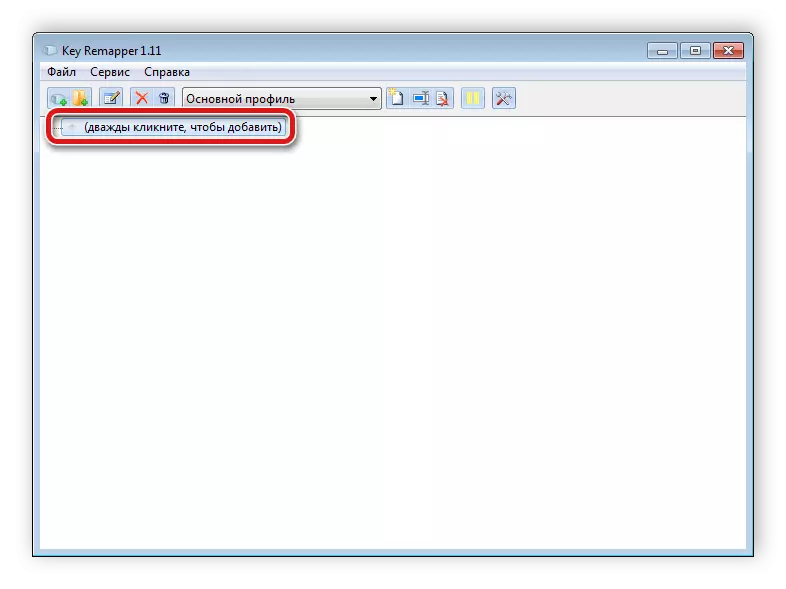

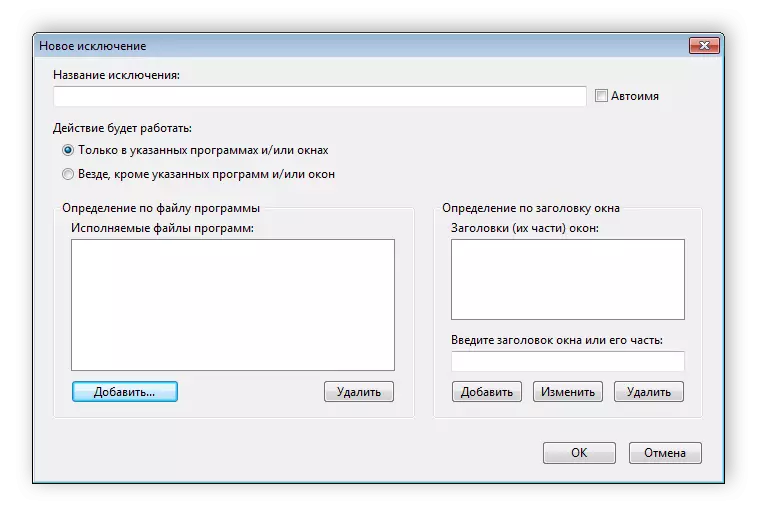
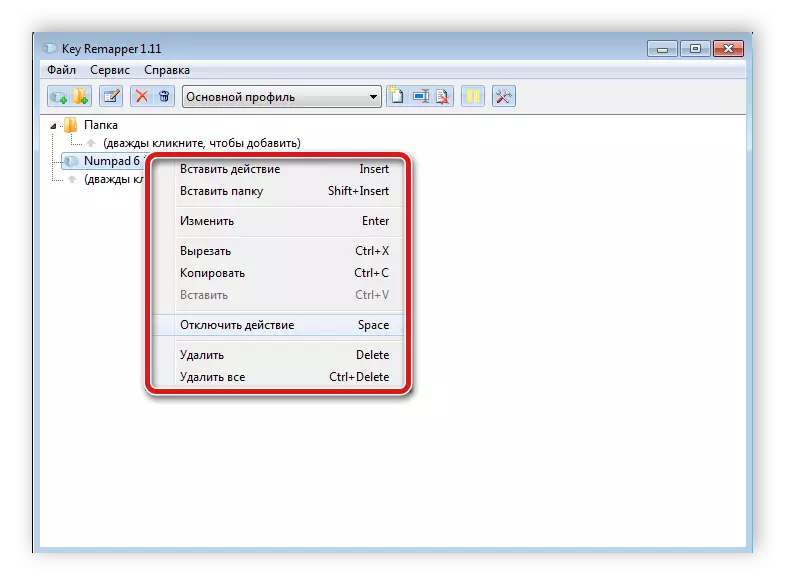

Method 2: Keytweak
Keytweak functionality is largely similar to the program under consideration in the previous method, but there are several significant differences here. Let us consider in more detail the keyboard setting process in this software:
Download Keytweak
- In the main window, go to the Half Teach Mode menu to replace the keys.
- Click on "Scan A Single Key" and click the desired keyboard key.
- Select a key to replace and apply the changes.
- If there are additional keys on your device that you do not use, you can reassign them to more practical functions. To do this, pay attention to the Special Buttons panel.
- In the case of the need to restore standard settings in the main window Keytweak, click on "Restore All Defaults" to reset all to the original state.
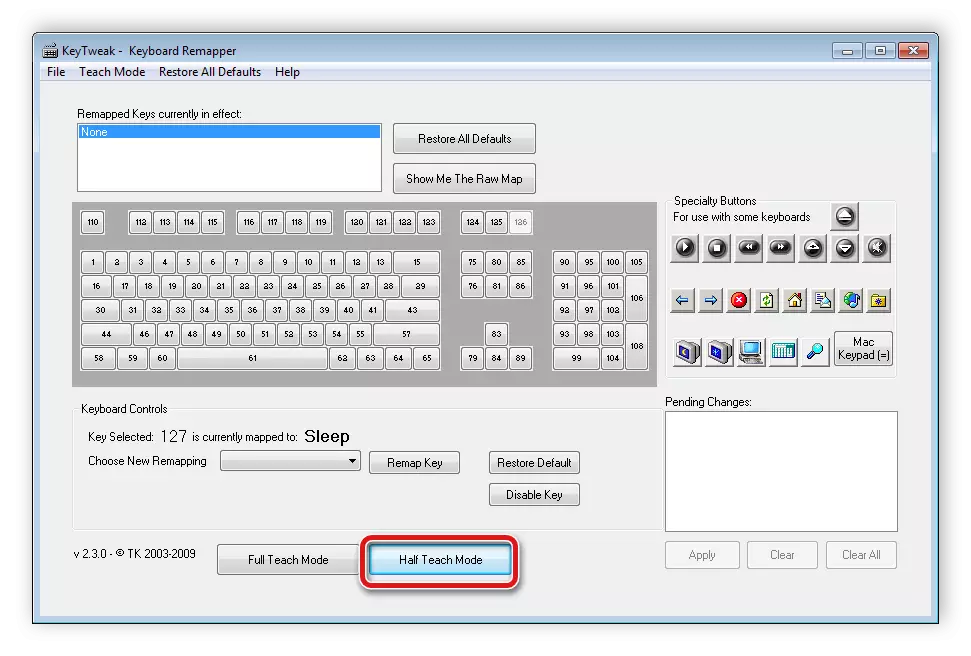
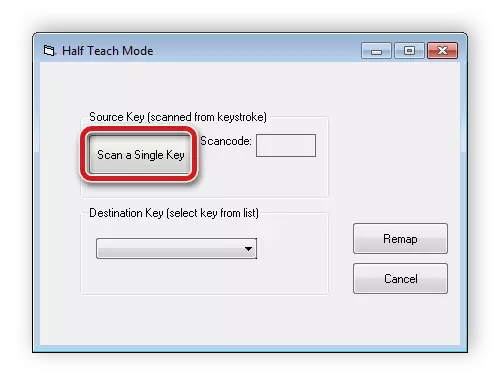

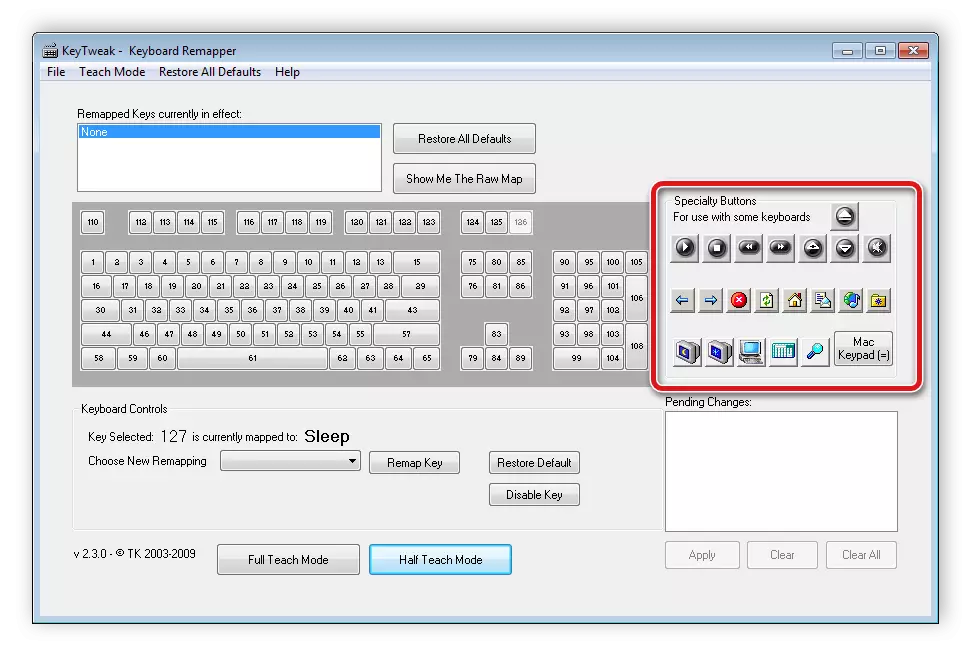
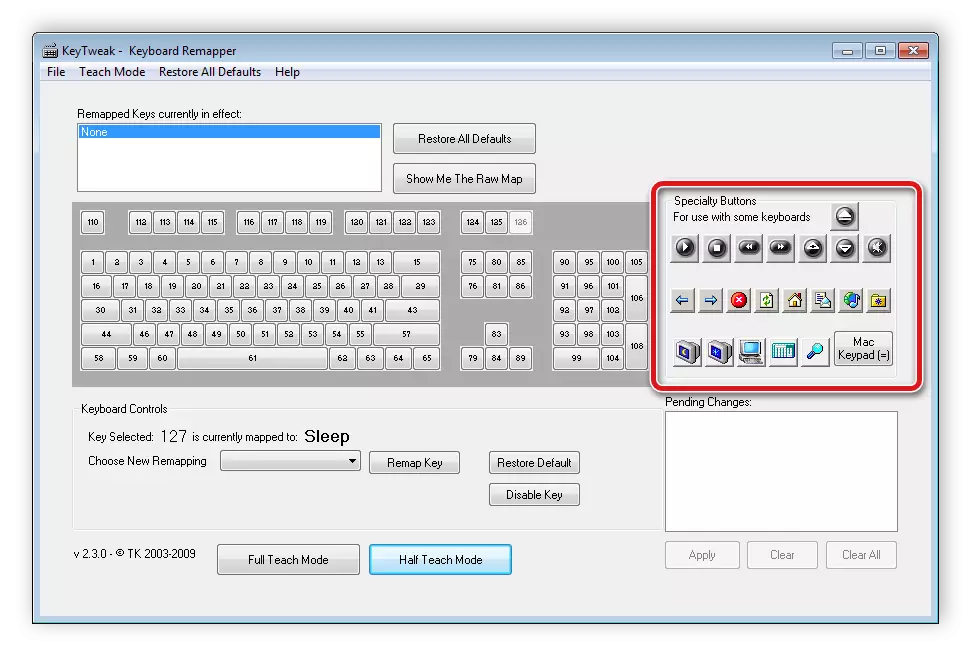
There are several different ways to reassign the keys in the Windows operating system. More details with them you can find in our article by reference below.
In addition to the above Windows settings, allows you to edit the parameters of the keyboard itself. This is as follows:
- Open "Start" and go to "Control Panel".
- Here find the section "Keyboard".
- In the Speed tab, move the slider to change the delay before the start of the repetition, the speed of pressing and flickering the cursor. Do not forget to confirm the changes by clicking on "Apply".

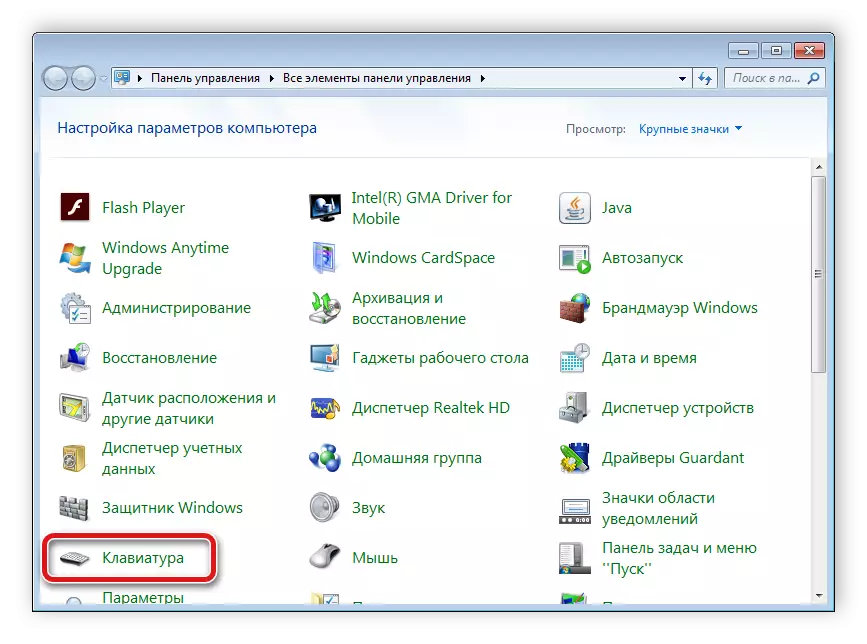
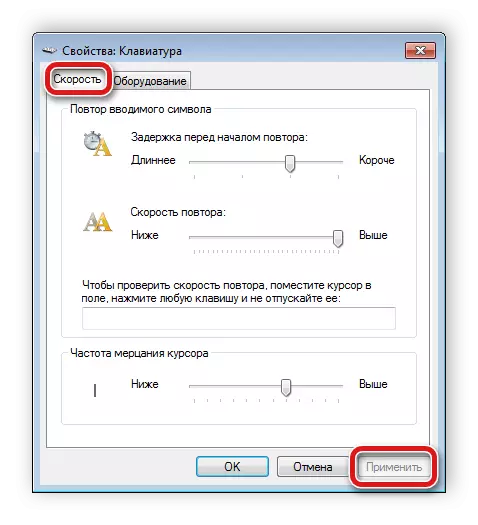
Method 5: Setting up the on-screen keyboard
In some cases, users have to be resorted to the on-screen keyboard. It allows you to type characters using a mouse or any other indicating device. However, the on-screen keyboard requires performing some settings for easy use. You will need to do only a few simple actions:
- Open the "Start", enter the "Screen Keyboard" in the search bar and go to the program itself.
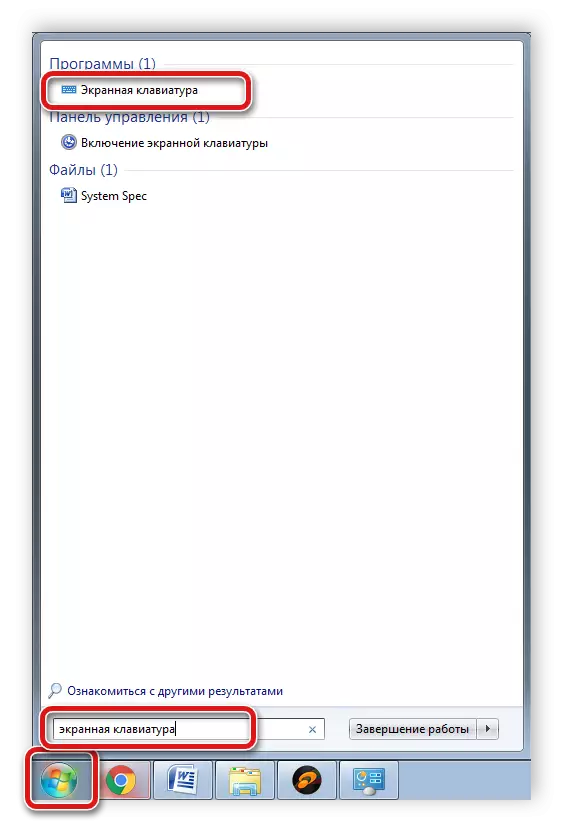
See also: Using a screen keyboard in Windows XP
Today we examined in detail a few simple ways to adjust the keyboard on the laptop. As you can see, there is a large number of parameters both in standard facilities of Windows and in a specialized software. Such an abundance of settings will help you adjust everything individually and enjoy comfortable work at the computer.
